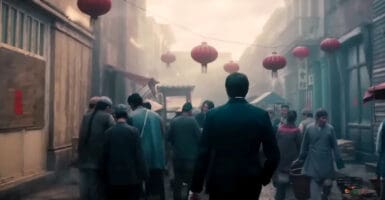Earthly Buildings With A Sci-Fi Vibe, Transported To An Alien World
This article is more than 2 years old
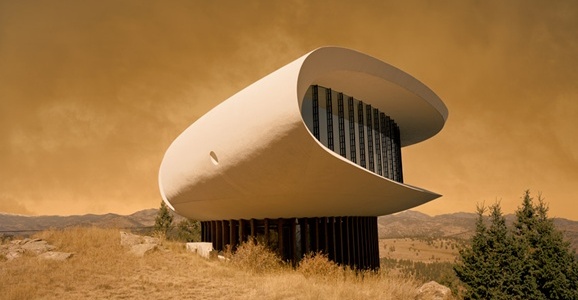 It’s an experience we’ve all probably had at one point or another: Maybe you’re driving through an unfamiliar city, or walking down an unfamiliar street, and then a building catches your eye. Something that stands out from the dull gray boxes and cookie-cutter houses we all pass by on a daily basis. Some bizarre pocket of creativity among the homogeneity. A building that, sci-fi nerd that you are, you can’t help but envision not in the urban sprawl of Earth, but dropped onto an alien landscape. New York artist Adam Ryder does this too, but he takes it a step further. He actually puts in the work to transport that building from here to there, at least in visual form.
It’s an experience we’ve all probably had at one point or another: Maybe you’re driving through an unfamiliar city, or walking down an unfamiliar street, and then a building catches your eye. Something that stands out from the dull gray boxes and cookie-cutter houses we all pass by on a daily basis. Some bizarre pocket of creativity among the homogeneity. A building that, sci-fi nerd that you are, you can’t help but envision not in the urban sprawl of Earth, but dropped onto an alien landscape. New York artist Adam Ryder does this too, but he takes it a step further. He actually puts in the work to transport that building from here to there, at least in visual form.
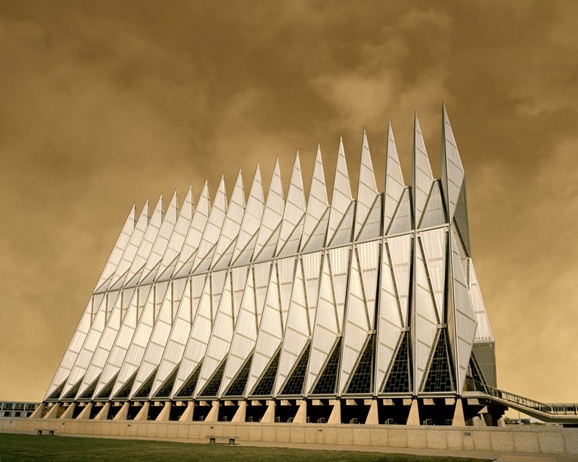
Ryder used his artist’s eye to transport otherworldly-looking buildings into otherworldly surroundings in his project Areth: An Architectural Atlas. Beginning with the photographs, he contextualizes the images exactly as the title suggests: structures shot during an expedition to a distant world known as Areth. There’s more to it than just saying, “There’s a planet called Areth, here are some buildings on it.” Instead he’d put in the worldbuilding effort to imagine the qualities and nature of Areth beyond just what he presents in the photographs.
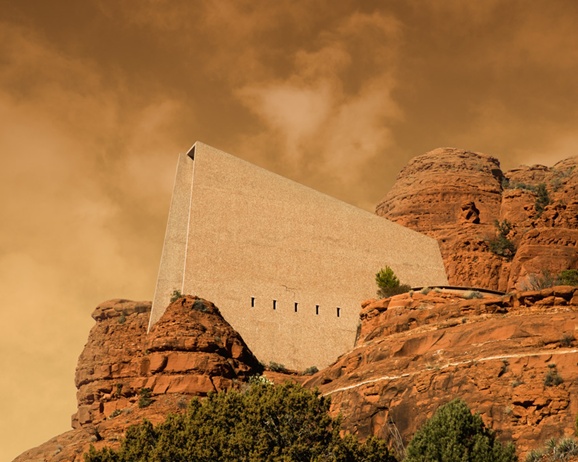
He introduces the Areth photos like so::
The circumstances surrounding Areth’s discovery are by this time well-known. What remains unexplained are the circumstances that led to the abandonment of this distant world by its native inhabitants. The architectural relics left behind by a once-great civilization have compounded this mystery. Residential, industrial and scientific structures, even entire cities stand empty, yet intact across the giant Arethean landmass. The complete disappearance of this race has problematized conjecture about their seeming demise. Were the peoples of Areth the victims of an unforeseen tragedy or did they simply decide to leave their world entirely? This volume does not attempt to speculate on these questions but rather seeks to investigate that which is most telling about the Aretheans themselves; their architectural legacy. The images and written analyses that follow highlight those structures deemed to be among the most culturally relevant in understanding the values and customs of this lost civilization.
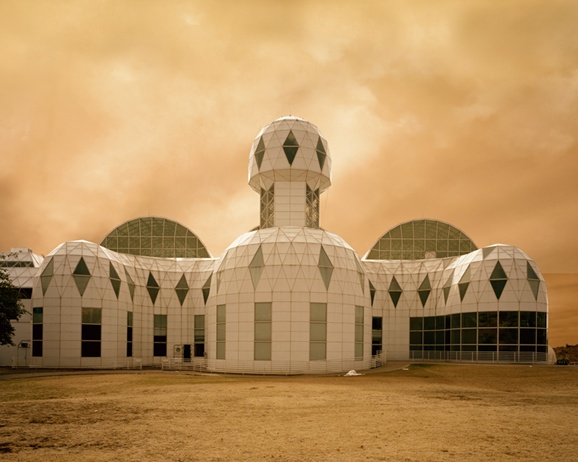
The details he’s created for his imagined world remind me of pouring over roleplaying game sourcebooks when I was a kid, appreciating the sheer joy of a detailed created world in and of itself, even when removed from a specific story.
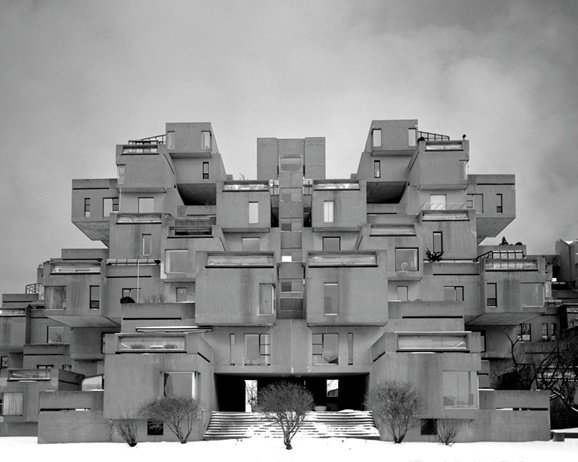
I have to wonder if the Mass Effect 3 designers saw images of the building above, wherever it is, because it’s very reminiscent of a level that serves as setting for a firefight during that game. Either way, it’s striking and I want one in my backyard.
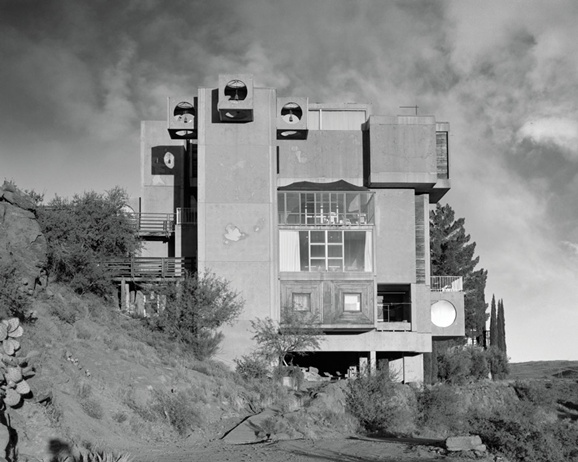
It also reminds me a lot of Wayne Barlowe’s Expedition, but where that artist focused on the strange animal life of an alien world, Ryder explores the remainders of an alien race long vanished, leaving their structures behind as clues to their nature.
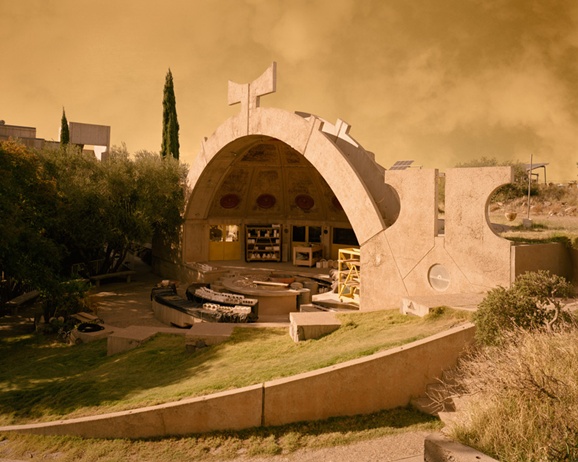
Honestly, I’m sure I could find the real-world identities for the buildings Ryder uses to populate his Atlas, but I don’t want to. It’s much more satisfying to appreciate the work he has done to create a cohesive fictional world that feels like you could step right into it. (Indeed, Ryder revealed to Wired that many of the buildings were found simply by Googling “Science Fiction Architecture.”)
You can see more of Ryder’s pictures, along with his extensive “atlas entries,” on his website.











